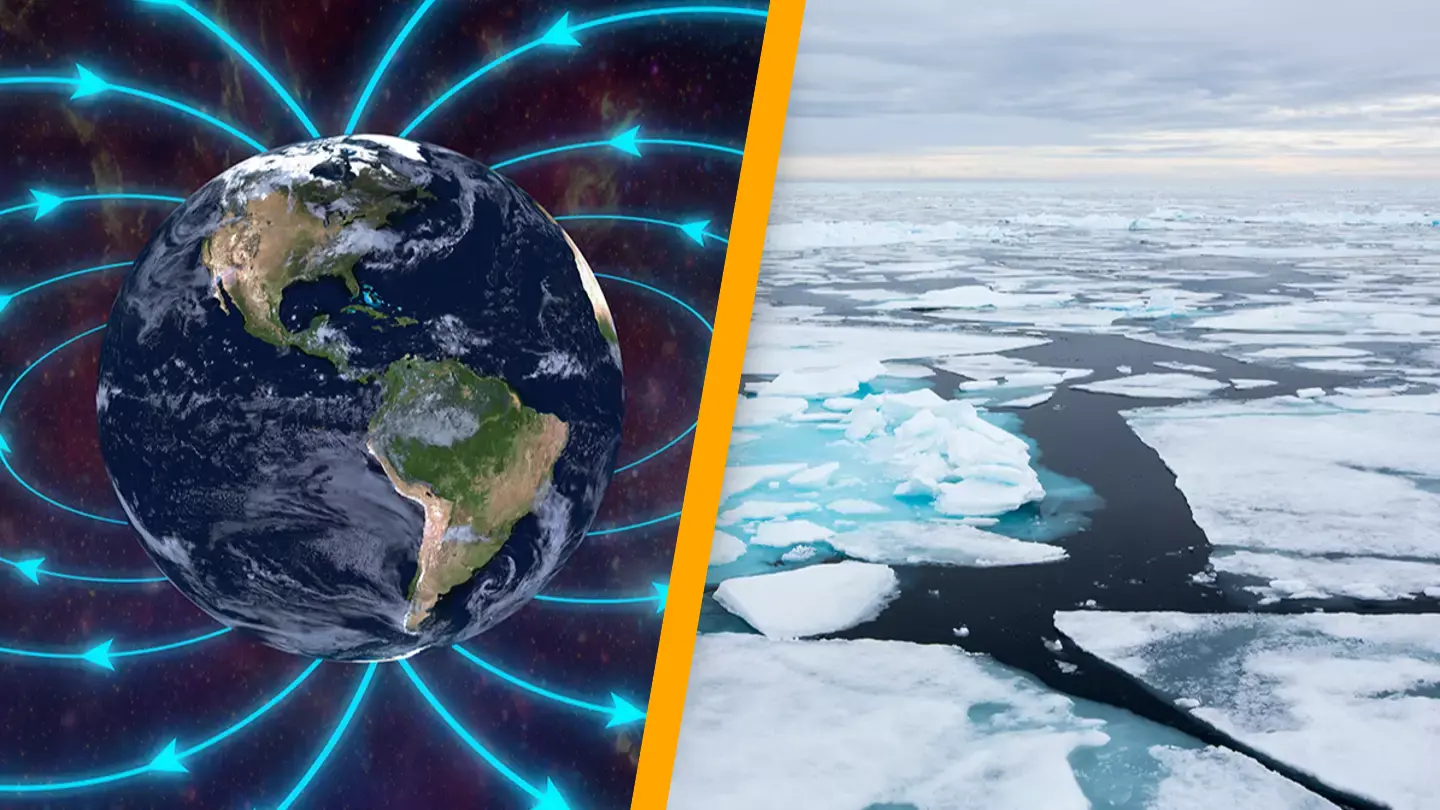The discovery made by scientists concerning Earth may hold significance comparable to gravity in understanding how our planet functions.
There are countless elements that play a vital role in maintaining the scientific balance of the Earth.
Gravity is undeniably a major factor in the functioning of our world, keeping us anchored, as well as securing the oceans and atmosphere to prevent them from drifting into space.
However, gravity is not the sole influential force on Earth. Scientists have identified another force with a significant impact.
In August, a team of NASA scientists conducted experiments to study this force and gained a clearer understanding of its effects and importance.
Considering the essential role of gravity, this newfound force must be equally significant.
So, what is this intriguing force that NASA scientists have unearthed?
It is a type of electrical field concentrated around Earth’s poles.
NASA has been aware of this field for decades. Spacecraft flying over the North and South poles have detected streams of particles escaping into space.
These streams, known as the ‘polar wind,’ have been observed since the 1960s.
It was anticipated that particles might drift out of the atmosphere, but the polar wind proved to be unexpected.
Scientists began exploring the polar wind, eventually launching a rocket from Svalbard, an island near the North Pole, to gather data.
Glyn Collinson, a lead author of the study and a principal investigator at NASA’s Goddard Space Flight Center, contributed to this research.
Collinson explained that a planet with an atmosphere possesses an ‘ambipolar field.’
She stated, “Now that we’ve finally measured it, we can begin learning how it’s shaped our planet as well as others over time.”
The particles, while cooler and showing no evidence of being heated, were traveling at supersonic speeds.
Collinson pointed out, “Something had to be drawing these particles out of the atmosphere.”
Launching the Endurance rocket from Svalbard, the team detected a small charge of merely 0.55 volts.
Despite its small magnitude, this charge was sufficient to propel hydrogen ions into the solar wind.
Alex Glocer, Endurance project scientist at NASA Goddard and co-author of the study, remarked, “That’s more than enough to counter gravity — in fact, it’s enough to launch [atmospheric particles] upwards into space at supersonic speeds.”
Collinson emphasized, “It’s like this conveyor belt, lifting the atmosphere up into space.”

